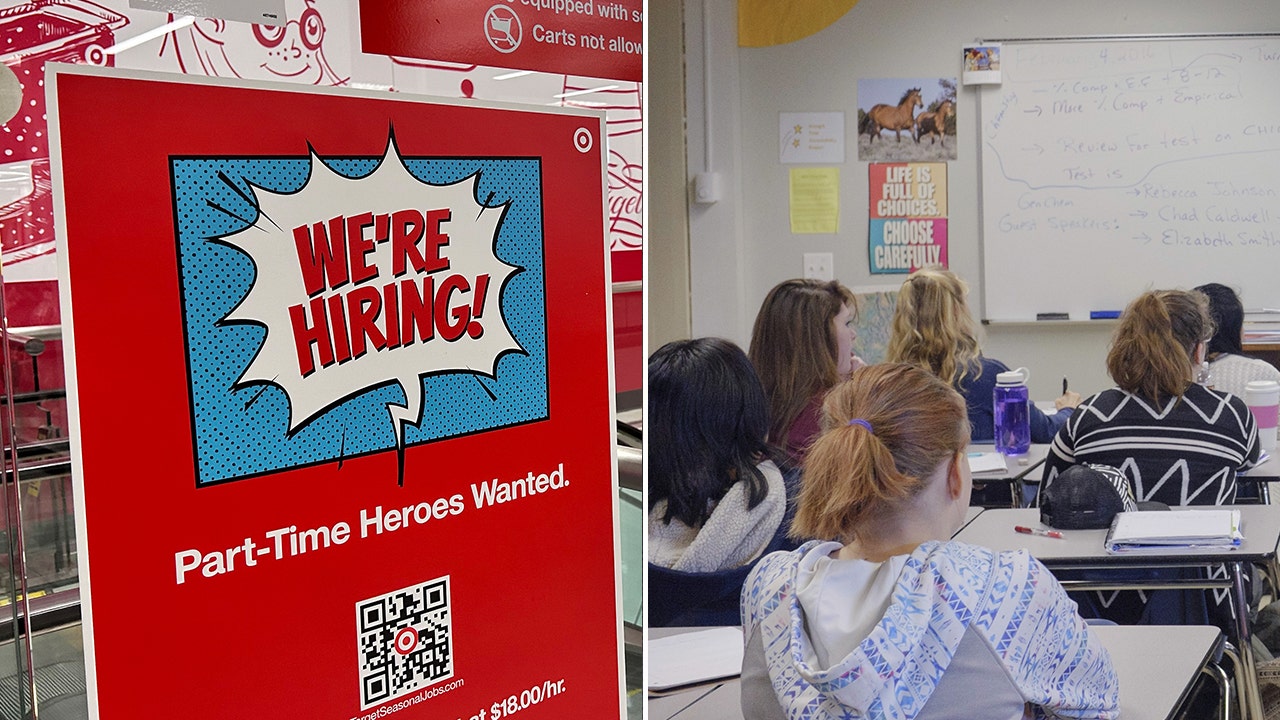The COVID-19 pandemic brought about significant changes in the business landscape, with a surprising shift in entrepreneurship trends. According to a report by Gusto, half of all businesses started during the pandemic era were founded by women, a stark increase from just 29% in 2019. This surge in business incorporation, particularly led by women, has reversed decades-long trends of entrepreneurial decline in the United States.
Omi Bell, the founder and CEO of Black Girl Ventures, a DC-based organization that connects women of color to capital and business resources, highlighted the impact of the pandemic on entrepreneurship. She mentioned, “The pandemic just opened up a huge window for people to be able to do their thing, no holds barred. It shifted how we think everything has to happen.” This shift in mindset and the changing dynamics of work environments have played a significant role in encouraging more women to venture into entrepreneurship.
While the increase in women entrepreneurs is a positive development, it is essential to note that not all businesses are created equal. Many of these new businesses are small ventures with minimal revenues and no employees. A significant portion of these new firms contribute to the freelancer economy, with 27% of them being launched as side hustles, according to Gusto’s survey.
Despite the rise in women entrepreneurs, many of them are sole proprietors or individuals supplementing their income through freelance work. This trend underscores the fact that while the door to entrepreneurship has opened, there are still challenges and barriers that women face in scaling their businesses and achieving financial success comparable to their traditionally employed counterparts.
The question arises: what has caused this boom in women’s entrepreneurship, and will it continue in the future? Harvard University professor Claudia Goldin’s research sheds light on the historical context of women in the workforce and the evolving dynamics of gender roles. Goldin’s work emphasizes the importance of workplace flexibility and the impact of traditional work environments on women’s career choices.
The pandemic served as a catalyst for many women to explore entrepreneurship as a viable alternative to traditional employment. The upheaval caused by lockdowns and remote work arrangements prompted individuals, especially women, to seek new opportunities and take the leap into starting their own businesses. The availability of resources, programs, and networks also played a crucial role in empowering women to pursue entrepreneurship during uncertain times.
As the landscape of work continues to evolve, entrepreneurship remains a valuable tool for women to create the lives they desire. Network building, access to capital, and storytelling are essential components that have proven effective in supporting women entrepreneurs. While the increase in women founders is a positive sign, there is a need to focus on helping these new founders grow their businesses and overcome challenges in scaling their ventures.
The entrepreneurial boom led by women underscores the importance of creating inclusive and supportive work environments that cater to the needs of diverse talent. Programs that support women entrepreneurship have shown success, but there is still work to be done in widening the scope of opportunities and strengthening women-led businesses. The geographical disparities in women-owned businesses also highlight the need for more inclusive policies and initiatives to promote entrepreneurship across different regions.
In conclusion, the rise of women entrepreneurs during the pandemic era signifies a shift towards more inclusive and diverse business landscape. The resilience and creativity displayed by women in starting their own ventures highlight the untapped potential and talent that exists in the entrepreneurial space. As Omi Bell aptly puts it, “The world needs what women are building,” emphasizing the valuable contributions of women entrepreneurs to the economy and society at large.



















